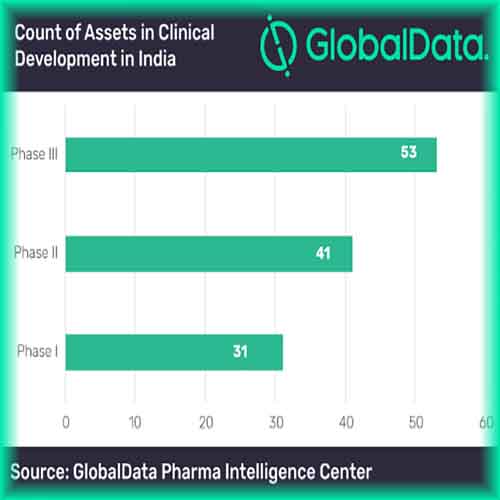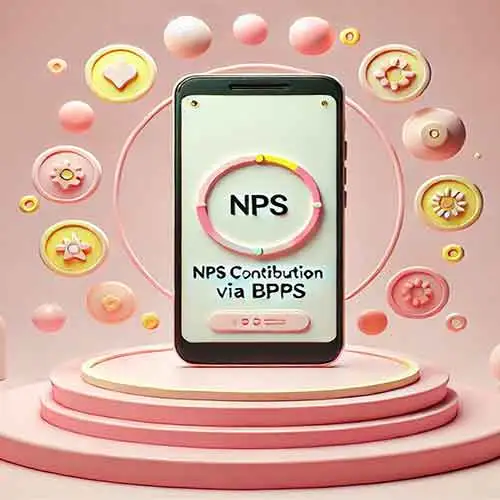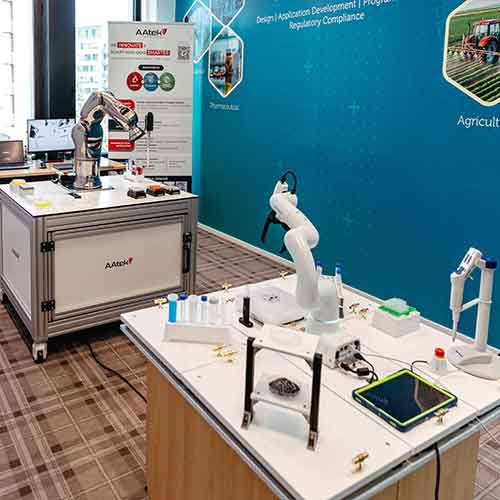
India has recently sought feedback from the top pharmaceutical companies to make regulatory changes that offer specific tax benefits for specialized research. With the government’s inclination towards promoting domestic R&D, new incentives and benefits can boost the R&D ecosystem for new drug development in India, says GlobalData, a leading data and analytics company.
In 2010, India had introduced weighted tax deduction of 200% on the expenditure on R&D. Later in 2017, this was slashed to 150%, and this has reduced to 100% currently.
Krishna Srinivasaraghavan, Healthcare Analyst at GlobalData, says: “Indian Biopharma companies are not as strong in innovative drug development as their counterparts in the US and EU. The government is expected to evaluate alternative ways to compensate for the reduced tax benefits by providing specific tax benefits in the near future, which will help pharma companies to venture into the domestic R&D and cover the risks involved in R&D to certain extent.”
GlobalData research reveals that approximately 43% of the assets under development in India are related to infectious disease area.
India has introduced various initiatives, including the formation of the Biotechnology Industry Research Assistance Council (BIRAC) to support biotech R&D through funding and collaboration between industry and academia, the establishment of pharma/biotech parks across different locations in the country in partnership with state governments as part of the ‘Make in India’ initiative. Furthermore, in 2019, the Central Drugs Standard Control Organisation (CDSCO) has amended the ‘clinical trial rules’ that streamline the clinical trial process to accelerate drug approval and favor domestic and international pharma companies.
Srinivasaraghavan concludes: “Despite all these efforts by the government, there are still just a few indigenously developed drugs that are available in the market. Lipaglyn, an indigenously developed drug by Zydus, was the first innovator drug approved by Drugs Controller General of India (DGCI) in 2013, and in January 2020, Lipaglyn was approved for nonalcoholic steatohepatitis in India. It is important to note that this drug is still not approved by the US FDA.
“Drug development is considered risky with low success rates, resource intensive & time consuming process. Several barriers such as weak ‘Intellectual Property Rights’ environment, volatile pricing policies hinder long-term investment decisions, and lack of sufficient funding by Indian pharma companies for R&D and inadequate allocations by the government are unpromising as well. However, the government incentives and benefits in the form of tax benefits to meet the R&D requirements can improve this situation.”
See What’s Next in Tech With the Fast Forward Newsletter
Tweets From @varindiamag
Nothing to see here - yet
When they Tweet, their Tweets will show up here.




























